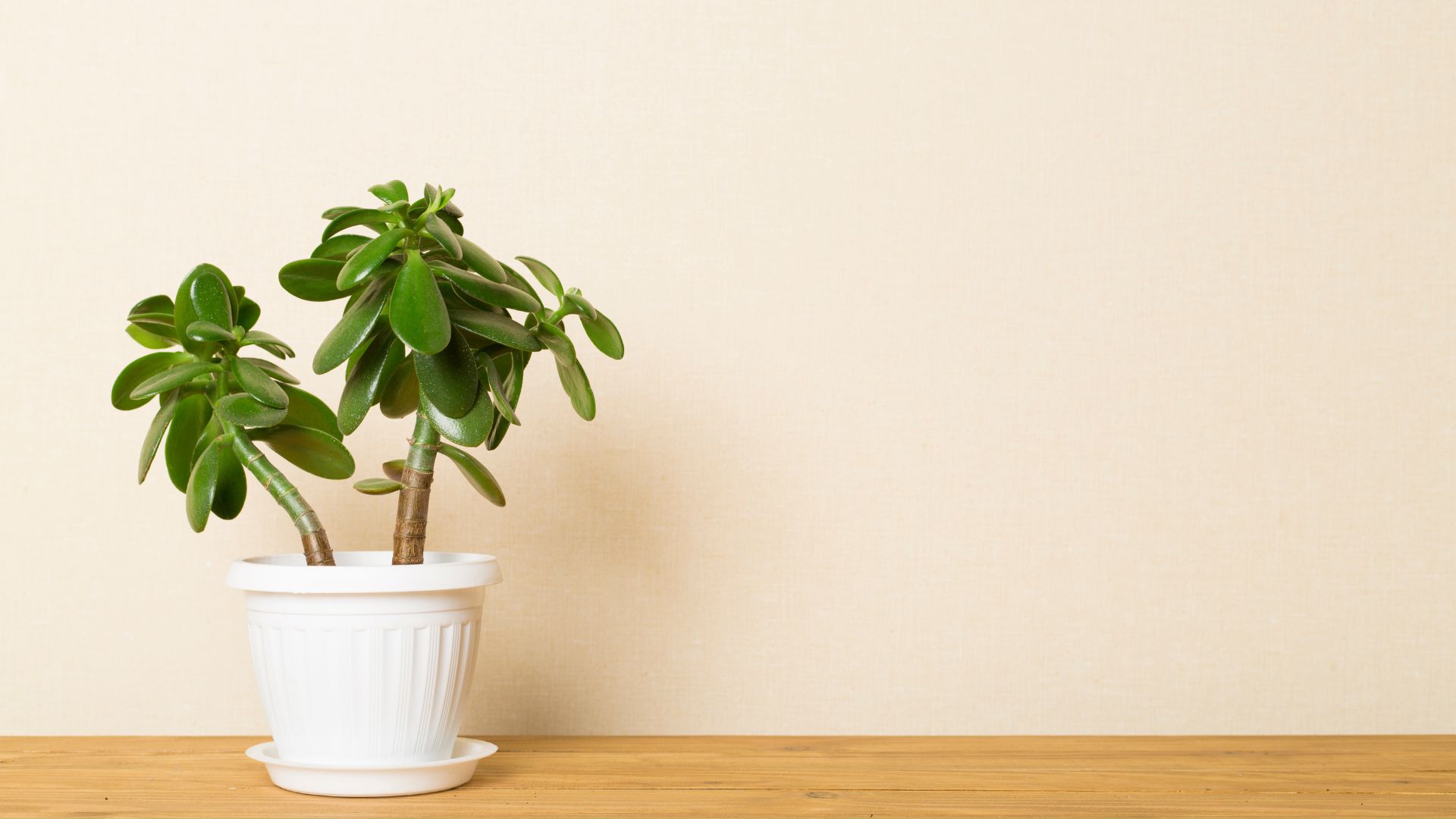
Jade plants are among the most popular succulents. Loved as much for their unusual appearance and auspicious associations, as for their ease of care. These popular low-maintenance plants can still become sick though, occasionally drooping or dropping leaves.
So, if you've pondered why your jade plant might be drooping, we have some answers. Generally, jade plant care is simple, but from time to time, it may need adjusting. All plants have different water requirements throughout the year, often needing more moisture when there is more light or heat and less at other times. They may require fertilization, more sunlight or a bigger pot too.
Discover the common causes for a sickly Crassula and solutions from experts to bring your jade plant back to health. Here's everything you need to know.
Why is My Jade Plant Drooping?
Jade plants, also known as Crassula ovata, can droop or drop leaves for a number of reasons. Before applying the best remedy, you'll need to work out the cause.
"There are a few reasons why this might be happening, but each has a relatively easy fix," Megan Cain, founder of The Zen Succulent, reassures us.
1. Overwatering
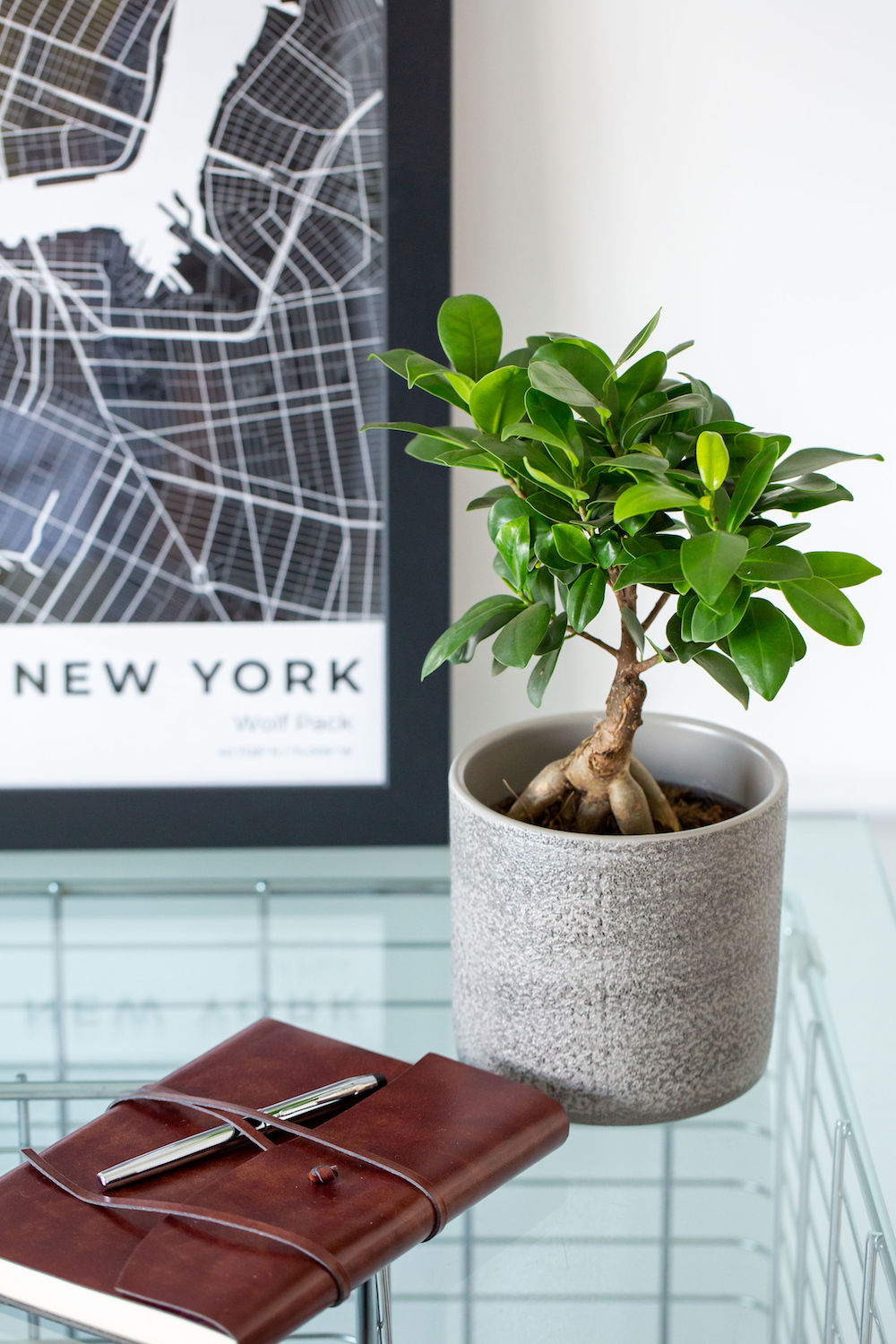
Many experts believe that watering houseplants the wrong way is the biggest cause of their demise. This is particularly true of succulents, many of which hail from dry regions. Crassula ovata originates from south Africa, where it grows naturally on sandy slopes, so it's unaccustomed to sitting in soggy soil for long.
"Jade plants are great at storing water in their thick leaves, but too much of a good thing can lead to trouble," says Megan. "When they get overwatered, the roots can get waterlogged, which causes the plant to drop its leaves.
"The key here is letting the soil dry out completely before watering again. Make sure your pot has good drainage, and avoid letting your jade plant sit in water for too long. A good rule of thumb is to water only when the top inch or so of soil feels dry."
From October to February, the jade plant is in a rest phase, and should generally be watered less than when it's in a growing phase.
2. Not enough light
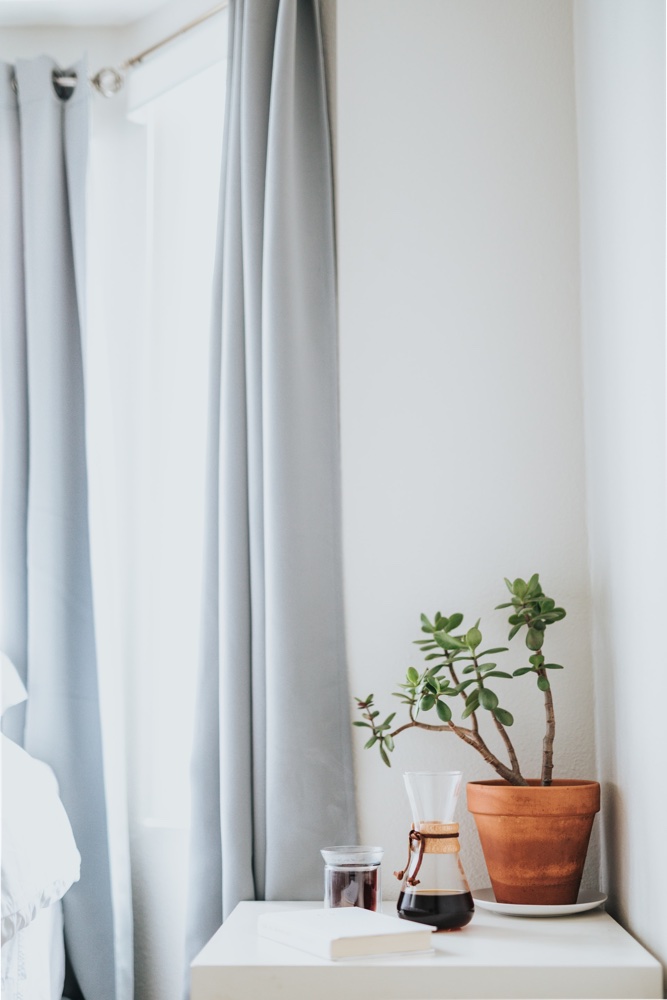
In the wild, these small indoor plants, including jade plants, are generally exposed to plenty of sunlight. This is not always the case in our homes, particularly in the winter when the days shorten.
"Jade plants love bright, indirect sunlight," says Megan. "If they’re not getting enough light, they’ll start to weaken, which can lead to leaf drop. They thrive in bright spaces, so lighting is really important.
"If you suspect your Crassula isn't receiving enough daylight, find a sunny spot for it, ideally near a window where it can soak up plenty of indirect light. Rotate the plant every so often so all sides get even exposure, and you should see it perk up."
"Being a succulent, the Jade plant needs bright light to a few hours of direct sunlight to grow optimally," adds Paris Lalicata, plant expert, The Sill. "Without enough sunlight, seemingly healthy leaves can start dropping off the plant, eventually leading to rapid defoliation, distorted or stunted new growth.
Paris says they thrive well in a South, East, or West facing window. "If you don’t have the means of natural lighting, then try using a grow light," she notes.
3. Under-watering
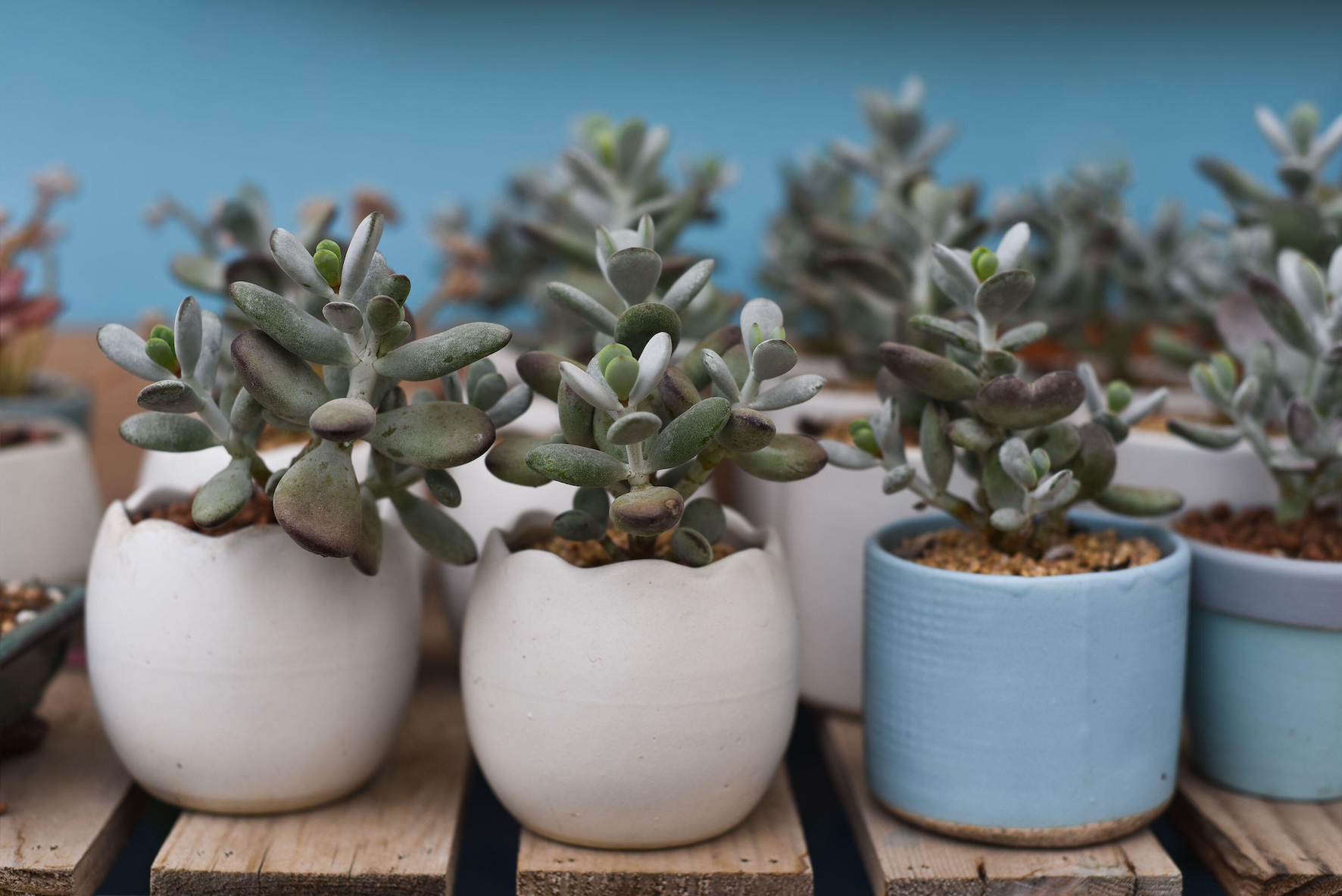
Even though Crassula are one of the best houseplants for beginners, and are able to survive a little neglect, they do need some care. Forgetting to water a jade plant for weeks on end, could be another cause for its leaves to drop, or for it to droop or wilt.
"While succulents like the Jade are drought tolerant, they are still prone to stress from dehydration, especially when left dry for too long under full sun conditions," explains Paris. "This happens because water, along with minerals, aren’t being translocated to all the leaves of the plant. Without sufficient water, these leaves will start to droop and wrinkle before they begin to drop off the plant.
Paris says you should water your jade plant as soon as the soil has dried out, to do this, you can use the soak and dry method. She tells us: "This means allow your Jade to dry out before giving it a thorough soaking to evenly saturate the soil, but don't leave it sitting in water."
Price: $26.99
Was: $28.63
This stainless steel watering can is perfect for your lovely indoor blooms. Its sleek, glossy finish and alluring shape makes for the perfect piece within the home.
Price: $88
Color: Copper
This stylish Haws Mini watering can is sleek and easy to use. This watering vessel has a drip-free sprout, which makes it ideal for indoor potted plants.
Price: $10.78
Was: $17.97
This stylish black watering can from Walmart is made from weather resistant galvanized steel and comes with a long spout which makes for an easy plant watering solution.
4. Over-fertilization
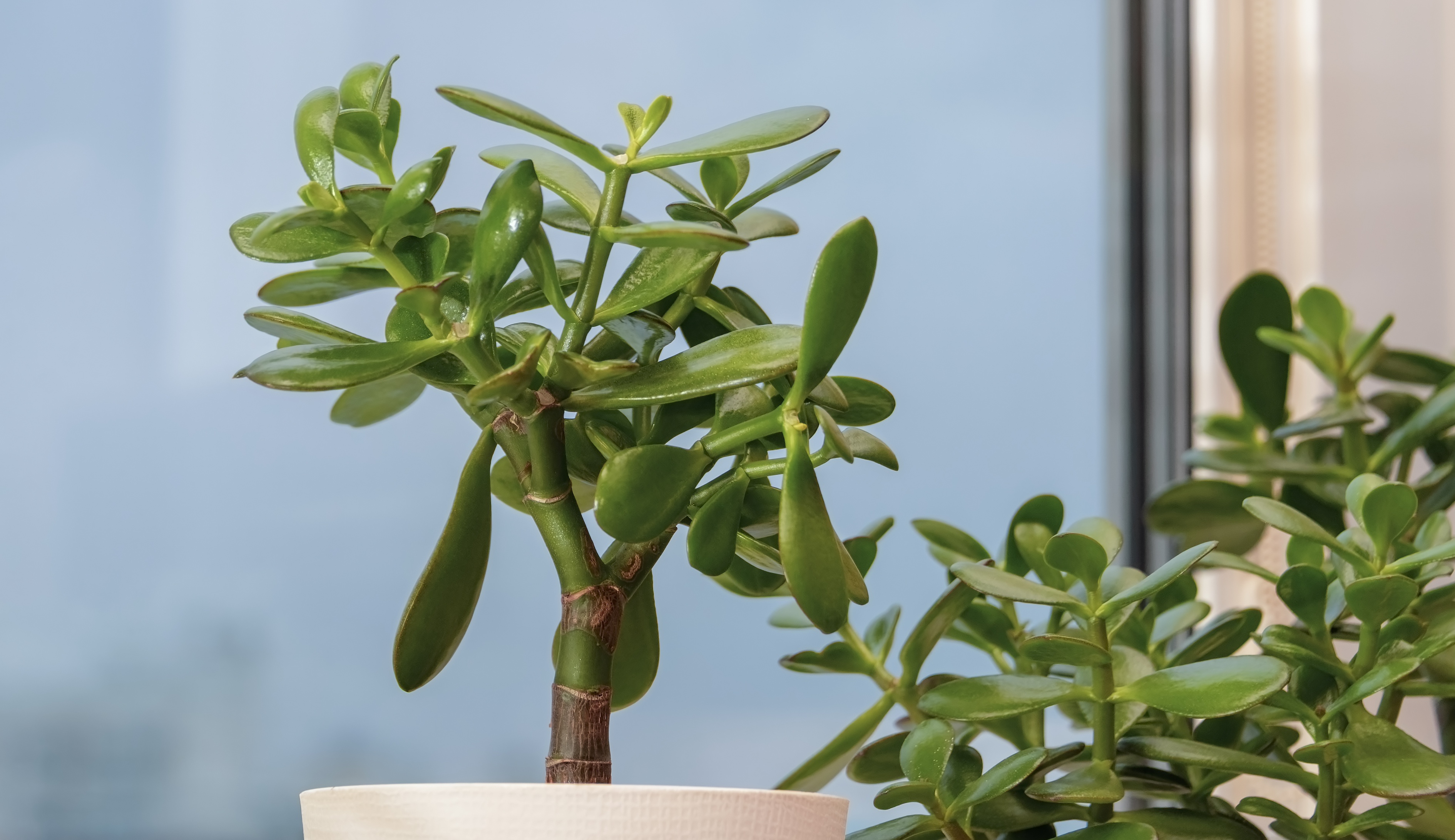
Too much fertilizer, particularly at the wrong time, can be detrimental to many plants, Crassula included. Knowing when to fertilize houseplants is important, as most only need it during their growth phase, generally in the spring and summer.
"Most fertilizers deliver nutrients in the form of nutrient salts, so if a Jade Plant gets too much fertilizer—either in one application or too much over time—the fertilizer salts build up in the soil and damage the roots," explains Justin Hancock, horticulturalist, Costa Farms.
Justin continues: "Since plant roots absorb moisture for the plant, the Jade can wilt or shed leaves if the roots are too damaged to pull enough moisture to support the leaves. If you suspect your plant has been over-fertilized, running lots of water through the soil to flush out the salts is your bet for helping it to recover."
5. Excess heat
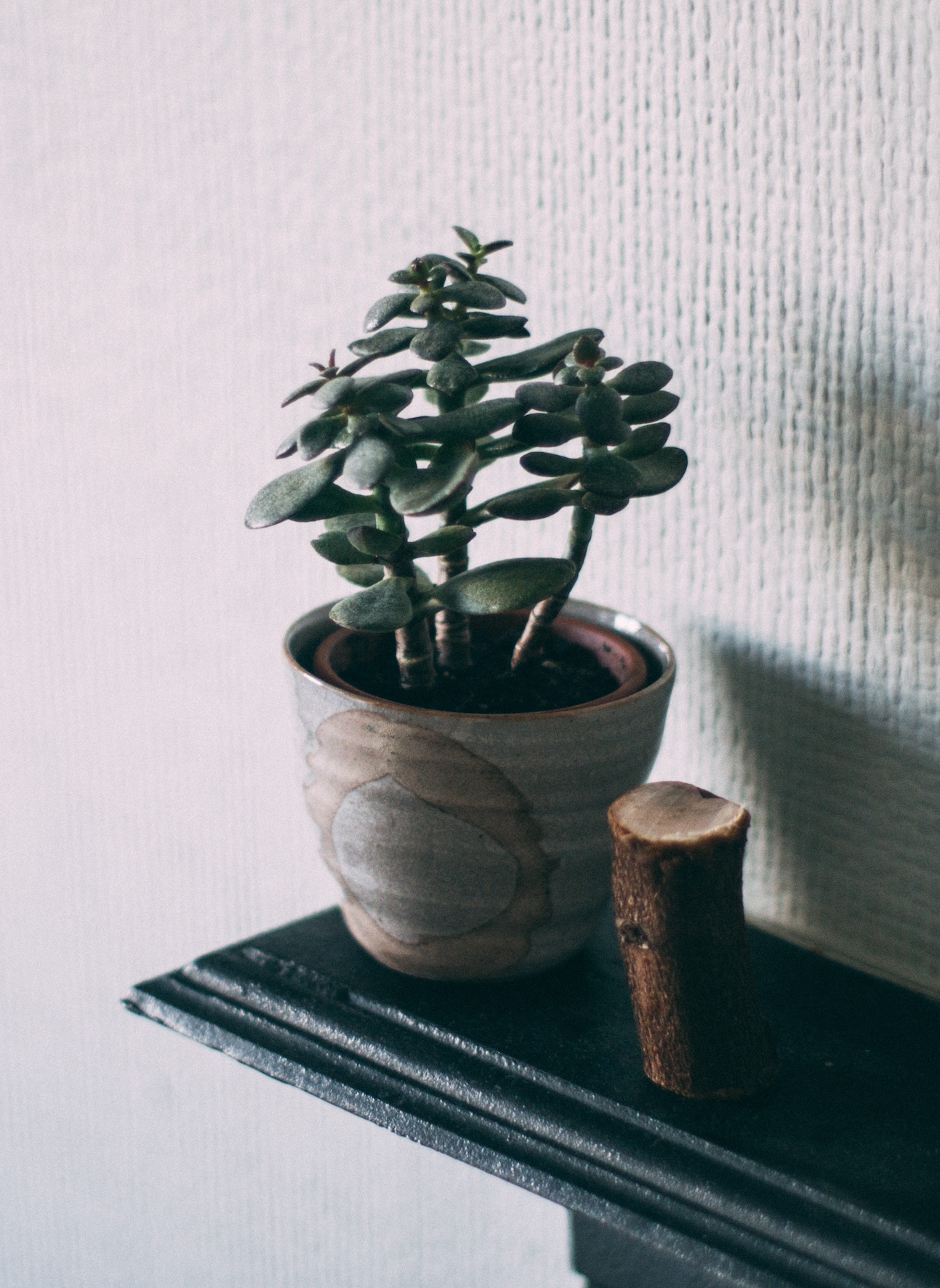
Whether your plant has been sitting by a window in direct sun for too long, or placed near a heater that's cranked up in the winter, excess heat may cause your Crassula to droop.
"Hot temperatures are exhausting for us and can be for our plants too," says Justin. "While they’re better equipped to handle heatwaves, super-hot temperatures can cause jade plants to wilt."
Justin explains, "Depending on how hot it was, how long they were exposed to the heat, and how suddenly it came on affects the plant’s ability to recover. But move them away from excess heat if they are wilting."
6. A cold shock
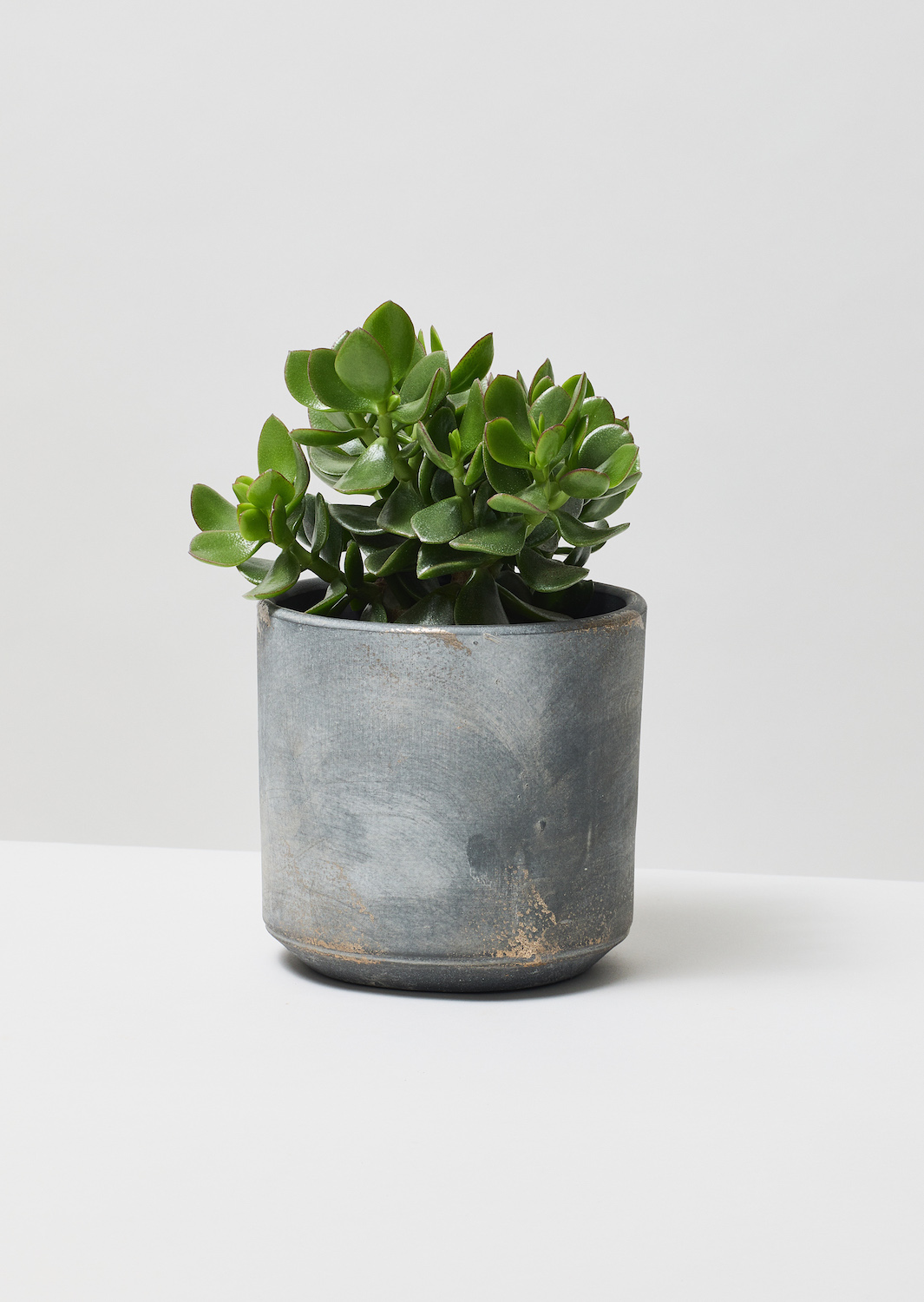
Jade plants aren't keen on excess heat or cold and may react badly if exposed to frost, or even water that's too cold — they prefer it to be tepid. So, ensure you know how to properly care for succulents before bringing them into your home.
"Jade Plants are subtropical and don’t have natural tolerance to freezing temperatures," explains Justin. "When they get too cold, the liquid in their cells can freeze and burst (like a can of soda in the freezer).
"As with heat, the amount of cold, the length of exposure, and the speed at which the temperatures drop play a role in whether your Jade Plant can bounce back."
7. A stressed plant
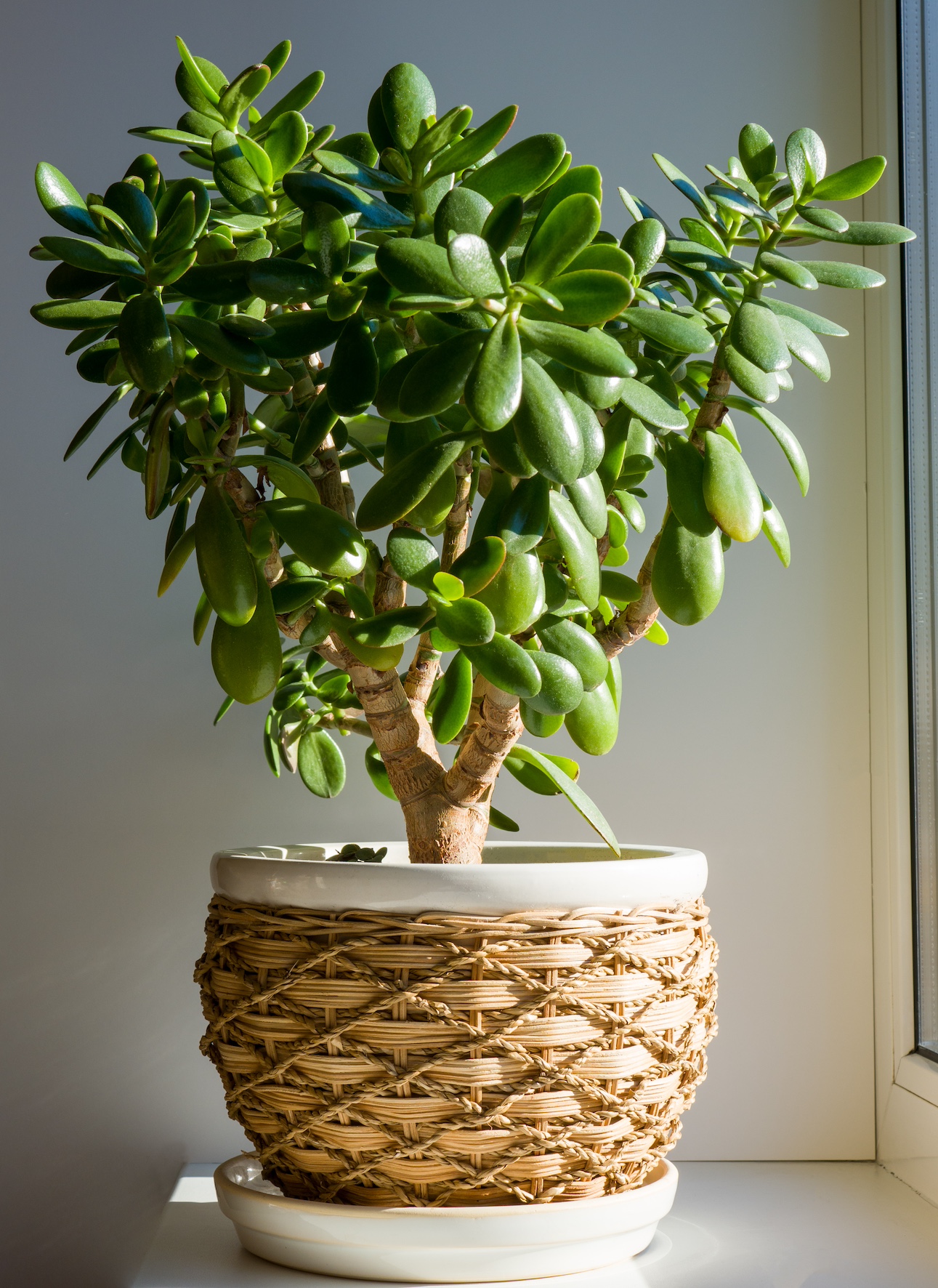
If your beloved jade plant is stressed, this could be causing its leaves to droop. Even the best succulents for indoors can go through moments of strain, but it's about how you take care of them to de-stress their environment. "There are numerous forms of stress that can impact a Jade Plant," says Justin. "From sudden changes in environment to conditions like too little light, too much or too little water, especially warm or cold temperatures, etc.
"A plant that’s stressed may drop leaves in response to the stress. The tricky thing about identifying and addressing stress-related leaf drop is that it could be one major stressor or it could be a number of different stress factors piling up on each other," explains Justin. "For example, if your plant doesn’t get enough light, it may be struggling a little, but seem fine. But because it’s already struggling, if it then gets too dry, or you water it with leftover ice water you were drinking, that can essentially push it over the edge."
He adds: "Figuring out what’s stressing the plant out so you can address the cause(s) of stress is the best way to get your Jade Plant back on track."
FAQs
What does an overwatered Jade look like?
Jade plants can develop leaf spots if they sit for too long in wet soil. However, there are other signs too. "Overwatering leads to symptoms like drooping, yellowing, and leaf drop," says Paris Lalicata, plant expert, The Sill.
"This happens because if the soil is muddy and waterlogged it prevents oxygen from entering the soil and the plant. The best way to correct this is to first ensure your Jade is getting plenty of bright light to some direct sunlight, preferably directly in a West, East or South window.
"This allows it to use water efficiently. From there, water it using the soak and dry method, allowing the soil to dry out before giving it its next thorough soaking."







